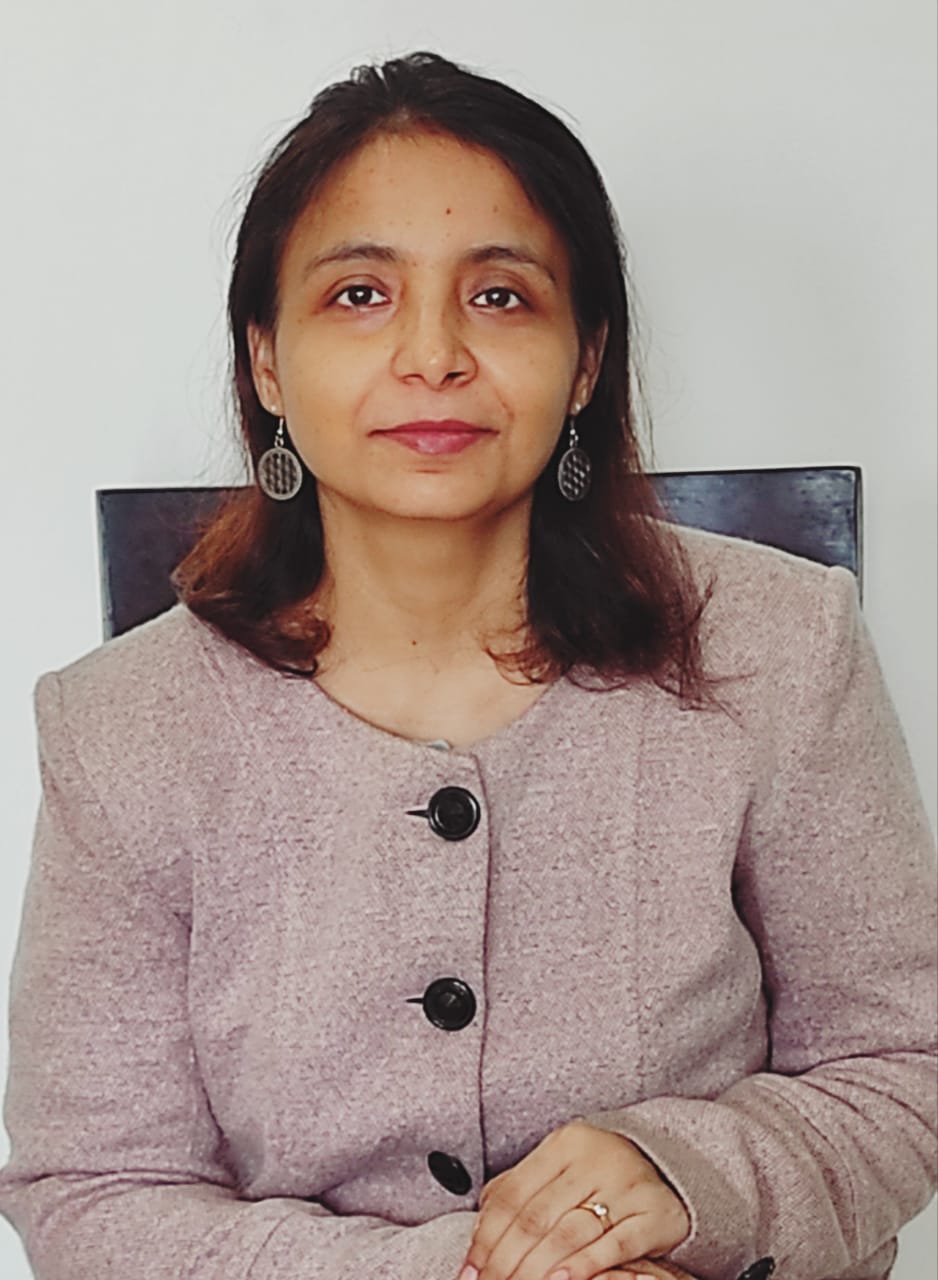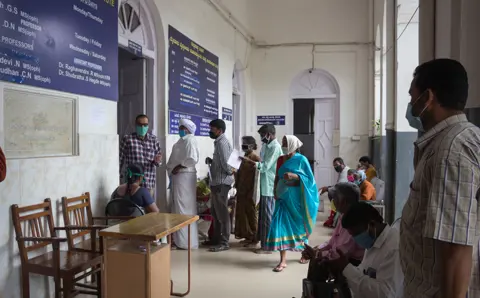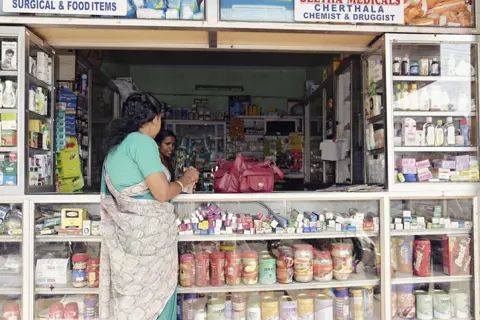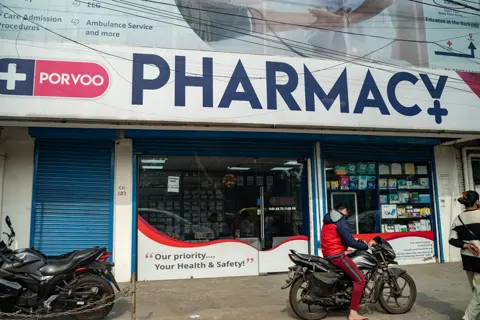
India is one of the biggest pharmaceutical markets in the world. Independent pharmacovigilance consultant, Arshia Bhandari discusses some of the key work driving medicine safety in this dynamic and complex country.
In these uncertain times, as COVID-19 shadows the whole world, science has responded with unprecedented speed and we have found strategies to combat the virus, whether with vaccinations or repurposed drugs. Emergency authorisation of vaccines and repurposing of drugs has also served a timely reminder of the need for robust pharmacovigilance programmes in every country to monitor for adverse drug reactions (ADRs) and adverse events following immunisation (AEFIs). As the COVID-19 crisis has raged, it has also unsurfaced further lacunae to be filled in healthcare systems, patient safety systems, and medication safety processes.
At the time of writing, as we mark the passing of another World Patient Safety Day, it is a good time to reflect on the efforts India has made as a nation towards patient safety and pharmacovigilance over the past few years and cast our eyes to the road ahead.
Given the scale and complexity of the healthcare system in India, concerted efforts from all directions and a multi-pronged approach are needed to usher in real change. Is it happening? Yes, it is, one step at a time.
For the past two years, COVID-19 management has taken all the focus but in other areas, too, efforts are being made towards entrenching a culture of patient safety and strengthening pharmacovigilance systems. Let’s take a look at some of the most significant efforts.

Pharmacovigilance Programme of India (PvPI) has made steady progress and has laid a strong foundation for an effective pharmacovigilance system in India. The number of ADR monitoring centres (AMCs) have increased over the years, with more hospitals and medical colleges enrolling as AMCs under PvPI. What that means is there is now greater awareness and more targeted effort towards adverse event reporting by healthcare professionals. PvPI is boosting that awareness even further by conducting regular skill development programmes to impart pharmacovigilance training across medical colleges and hospitals. Communication is also key, and PvPI issues safety alerts to healthcare professionals regarding any emerging signals to encourage reporting and vigilance.
Under the umbrella of the Indian government’s Ministry of Health and Family Welfare, the Pharmacovigilance Programme of India coordinates with Universal Immunisation Programme to monitor AEFIs, while AEFI-related data is managed by PvPI and the AEFI Secretariat. As a member of the WHO Programme for International Drug Monitoring, PvPI processes the reports in VigiFlow and submits data to VigiBase, the global database of individual case safety reports maintained by Uppsala Monitoring Centre. Within PvPI, the Signal Review Panel evaluates reports of both serious and non-serious adverse events and sends its recommendations to the National Regulatory Authority for appropriate regulatory actions, which are updated on the websites of the Indian Pharmacopoeia Commission and Central Drugs Standard Control Organization.
However, the real challenge has been under-reporting, and we still see a need to further encourage a reporting culture. Having more government-run active awareness campaigns on the need for reporting could help, and webforms for reporting adverse events and AEFIs can also quicken the process. Towards this end, we have seen concerted efforts by pharmacovigilance professionals and physicians across the country to spread awareness about AEFI reporting and pharmacovigilance. Professionals have been speaking up and posting relevant stories on different social media forums to raise awareness and, while at first these individual efforts can feel like a drop in the ocean, as more professionals join in, we see a movement beginning to take shape.

Indian Medical Association (IMA), a voluntary national organisation of doctors in India, has formulated a standing pharmacovigilance committee aimed at strengthening the pharmacovigilance system in India. The organisation recently conducted relevant webinars for health care professionals to increase awareness about pharmacovigilance and enhance AEFI and adverse event reporting across the country. The webinar topics were carefully chosen to dissect the reasons why patients and healthcare professionals do not report.
For example, one recent webinar covered the medico-legal implications of ADRs, with experts explaining how informing patients about possible adverse events is a best practice during consultations, helps patients make informed decisions, and protects physicians from legal implications. Another webinar examined what happens when doctors report reactions following COVID vaccination, with a focus on how the AEFIs are processed at PvPI and WHO.
Discussions like these are vital because, ultimately, a robust reporting culture will depend on healthcare professionals stepping up to the forefront of the pharmacovigilance movement.
“We want to spread awareness among physicians and convey the message that drugs are not without risks,” said Dr. J Vijay Venkataraman, chair of IMA Headquarters Standing Committee for Pharmacovigilance, explaining IMA’s vision and strategy.
“Every adverse event you report counts and can help redefine the safety profile of the drug. By doing so, you might be contributing to the risk management measures, due to which many patients would be saved without being denied the due benefit of the drug. Each activity of the IMA PV standing committee is aligned towards this vision”.
Yet another important body playing an important role towards ensuring a culture of patient safety in Indian pharmacovigilance is the National Accreditation Board for Hospitals & Healthcare Providers (NABH), a constituent board of Quality Council of India.
“Since the inception of NABH in 2006, the quality of healthcare and diagnostics in hospitals in India has seen marked progress and improvement, with a focus on patient safety,” said Dr. Subhrojyoti Bhowmick, an NABH assessor and a medication safety expert at the International Society for Quality in Healthcare.
“NABH accreditation focus areas – like hospital infection control, medication management, equipment safety, employee safety, and standardisation of clinical procedures – result in improved patient outcomes and set benchmarks for quality care.”
Bhowmick further explained that “the patient safety movement needs to be a concerted effort and, so long as different functions in healthcare [continue to] work in silos, we cannot make much progress”.
As an NABH assessor, he sees the efforts of different stakeholders in a hospital converging when a hospital applies and works for an NABH accreditation.
“The accreditation programs give the hospital staff a common goal and it really helps improve the patient safety culture for the hospital,” he said.
PvPI also collaborates with NABH for pharmacovigilance skill development programs for healthcare professionals across India. The partnership encourages the NABH accredited hospitals to enrol as ADR monitoring centres with PvPI to ensure quality adverse event data is reported.

Many independent organisations are active in raising awareness about patient safety and pharmacovigilance in the country.
For example, the Indian Society for Clinical Research, a registered association of clinical research professionals in India, formed its Pharmacovigilance Council in 2015. The council engages with all major pharmacovigilance stakeholders, conducts professional training and education to improve pharmacovigilance awareness and advocacy, and worked with the Indian Pharmacopoeia Commission on various missions, including the development of the PV Guidance Document for MAHs. Recently, the council worked with CDSCO to implement online submission of serious adverse event reports through CDSCO’s SUGAM portal.
Publishing has a vital role in encouraging pharmacovigilance research in India. To this end, the Society of Pharmacovigilance, India publishes the Journal of Pharmacovigilance and Drug Safety and the Global Pharmacovigilance Society, founded by an international group of experts, publishes the Journal of Pharmacovigilance and Drug Research.
More broadly, Patient Safety Alliance works with healthcare professionals to promote awareness of patient safety and harm reduction. And PhVFIT works towards bringing holistic awareness regarding patient safety principles and pharmacovigilance through open dialogues in different forums. PhVFIT also plans to take the UMC publications Anne and Mac’s Adventures to schools to increase awareness on patient safety issues like antibiotic resistance and counterfeit products, with the intention of spreading that awareness from the students to their broader communities.
Last but not the least, in 2019, India was one of four countries to join the WHO Global Patient Safety Collaborative (GPSC) at the direct level. This international collaboration includes WHO and the UK government, with Imperial College, London as the academic partner. As part of this collaboration, India will receive technical support from the partners to strengthen leadership, training capacity, and research for accelerated improvements in patient safety.
India’s GPSC involvement follows the government’s 2018 release of the National Patient Safety Implementation Framework (NPSIF, 2018-2025), a seven-year plan outlining strategic objectives and communication strategy to implement the patient safety framework at all levels of healthcare in India.
As a component of this framework, the syllabus for undergraduate and postgraduate level medical, nursing, and pharma courses is being revised to incorporate adequate learning objectives for patient safety based on the WHO Patient Safety Curriculum Guide. A mixed methods study was completed and published in 2020 to identify the gaps for patient safety in graduate curricula and training needs, and the curricula is currently being revised.
The NPSIF vision is to bring all patient safety initiatives under one umbrella, delivering quality assured safe care to patients across all modalities of healthcare provision, including prevention, diagnosis, treatment, and follow-up.
While the challenges in a country as large and complex as India are vast, we have important work taking place at all levels of the healthcare system. With World Patient Safety Day 2021 as a helpful checkpoint, we continue to gear up our efforts and look forward to accelerating our progress towards strengthening the patient safety culture in our country.
Disclosure: The author is the founder of PhVFIT, one of the organisations discussed in this article.
Read more
Government of India, National Patient safety Implementation Framework 2018-25, 2018.
Update: This article was updated on 27 September to include more details on independent pharmacovigilance organisations in India.




